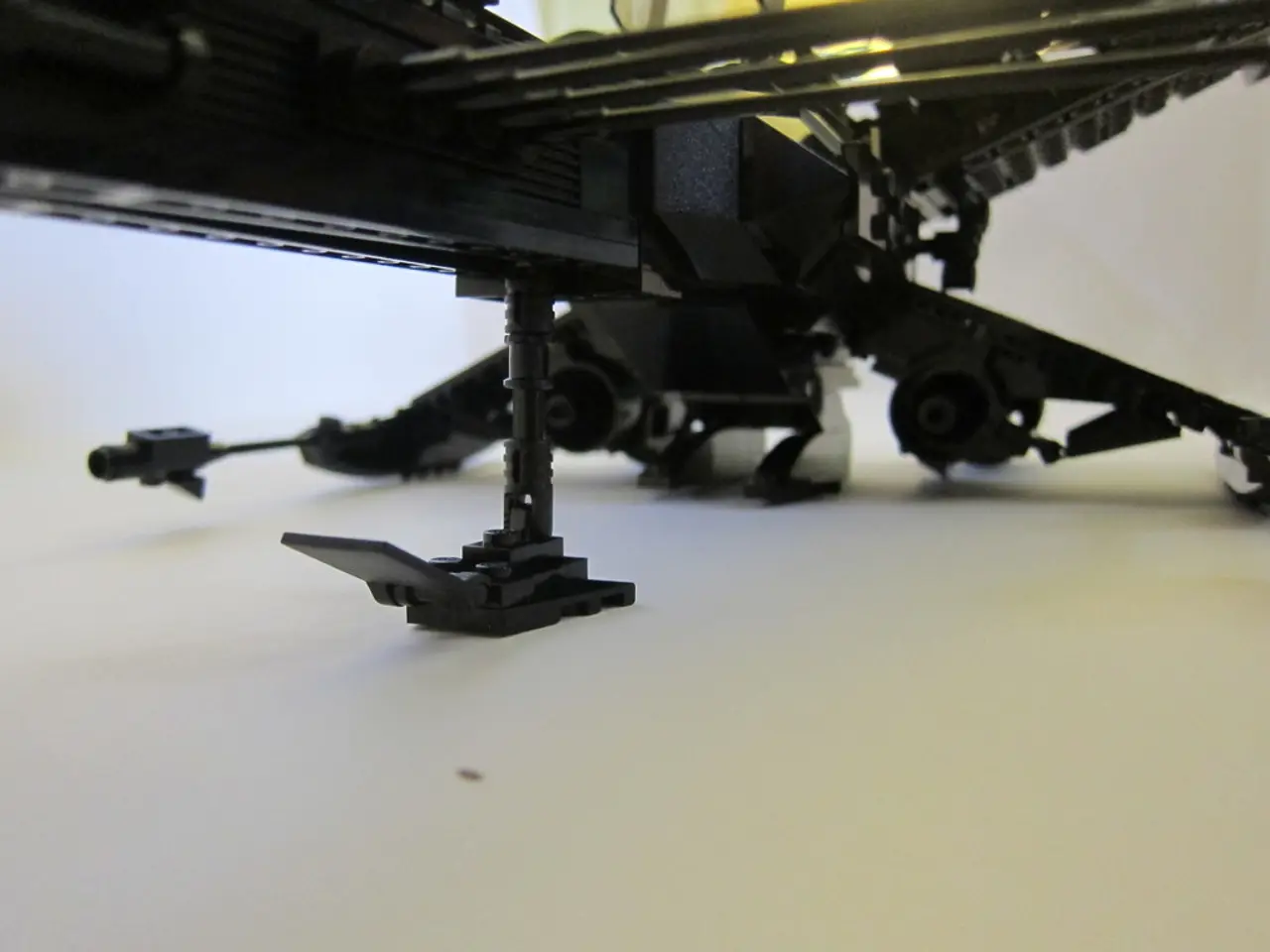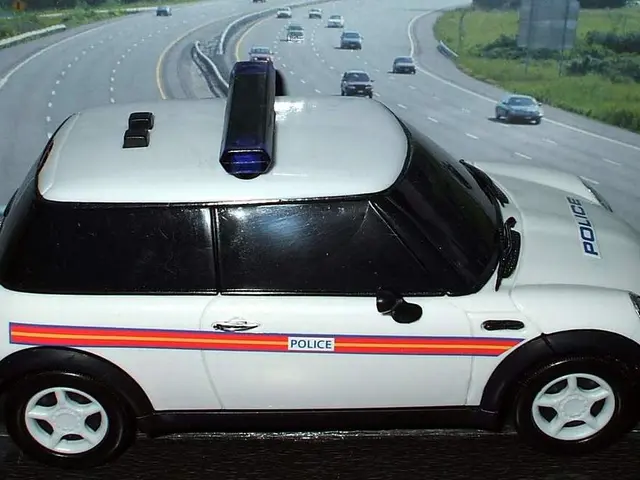A Ticking Time Bomb: WWII Munitions Corroding in North and Baltic Seas
Aged military equipment lies forgotten across the North and Baltic seas.
Here's the alarming news: time's running out before a danger zone forms in the North and Baltic Seas, as ancient munitions linger and decay. We're talking about an armada of grenades, torpedoes, bombs, mines, and cartridges, considered a potential catastrophe by the German government, which is allocating funds for their extraction.
Think of it this way: if you pictured a train, it'd be a Paris-Moscow express! Katja Matthes, director of the Kiel-based Helmholtz Centre for Ocean Research (Geomar), stated this before a conference in Kiel attended by over 200 experts discussing the removal of these underwater pollutants.
Matthes is desperate for action: "These munition casings are corroding more every day, leaking hazardous substances." These harmful substances are carcinogenic and can damage DNA. They're already found in nearly all water samples, including TNT and others. In the southwestern Baltic Sea alone, about 3,000 kilograms of dissolved, toxic chemicals have already made their way into the waters.
Waste, Warfare, and Politics
While the levels of pollution are currently beneath threshold values, these could spike rapidly, warned Matthes. Toxic substances have already been detected in mussels and fish. "TNT accumulates in these creatures and then enters the food chain." Despite this, health-threatening values for humans haven't been reached yet.
Jennifer Strehse, an expert from the Kiel Institute for Toxicology and Pharmacology, echoes similar thoughts. Consuming contaminated fish doesn't pose immediate health risks, Strehse claims. "Even if you ate a contaminated fish every day for the rest of your life."
Minefields Revealed
The entire German area of the Baltic Sea is littered with munitions, categorized as contaminated by Geomar geologist Jens Greinert. Designated "hotspots" are areas where the Allies deployed grenades, torpedoes, bombs, mines, and cartridges post-war. Greinert and his team constantly inspect the Kolberger Heide, a sinking area near Kiel and just a few kilometers from the shore.
"It's like Swiss cheese there," said Matthes. Each inspection reveals more and more decay. "We need to act—and swiftly!" Greinert estimates that if adequate funding materializes, the German Baltic Sea waters could be munition-free by 2040.
A Munition Cleanup Conference
For five days, more than 200 experts from 16 countries tackle crucial munitions removal issues at the Munition Clearance Week in Kiel. The primary concern is removing these pollutants from the sea, addressing challenges, and protecting vital infrastructure in the North and Baltic Seas.
At the accompanying technology fair, TKMS presents a floating disposal platform for munition waste. The Bremen company Euroatlas showcases an autonomous underwater robot ("Greyshark") equipped with 17 sensors, capable of creating detailed underwater maps of the seabed and the condition of munitions. The technology's purpose is twofold: identifying munitions and ensuring the safety of critical infrastructure like pipelines and enabling the creation of digital copies of them.
Germany has earmarked 100 million euros for an immediate program to recover munition remnants in the North and Baltic Seas. Recent recoveries started in the Lübeck Bay in Sep 2023 and are scheduled to conclude their first phase by April 2025. Further test excavations are planned off the coast of Mecklenburg-Vorpommern.
Heeding the call to act urgently on this environmental threat, Tobias Goldschmidt, Schleswig-Holstein's Green Minister of the Environment, declared, "This old World War II ammunition threatens to become one of the largest sources of pollution in our seas. It's high time for the new German government to address this matter with more urgency!" He continued, "In the world of environmental policy, problems grow, are long-ignored, and then debated as to whether they should be addressed. Time keeps running out."
- The corroding World War II munitions in the North and Baltic Seas pose a significant danger, comparable to a Paris-Moscow express, and require immediate attention.
- Katja Matthes, the director of the Helmholtz Centre for Ocean Research, voiced concerns about the daily corrosion of munition casings, leading to the release of hazardous substances.
- These substances, including carcinogenic agents like TNT, are already present in water samples and can cause DNA damage.
- The increasing concentration of these substances could soon surpass safe levels, potentially affecting marine life, food chains, and human health.
- Even though TNT has not yet reached health-threatening levels for humans, it accumulates in marine creatures and may enter the food chain.
- Jens Greinert, a geologist from Geomar, has identified the entire German area of the Baltic Sea as littered with munitions, particularly in designated "hotspots."
- Industry experts, such as Jennifer Strehse from the Kiel Institute for Toxicology and Pharmacology, emphasize that consuming contaminated fish may not pose immediate health risks, but long-term consumption could lead to potential harm.
- A conference, the Munition Clearance Week, invites experts from 16 countries to discuss removing these pollutants, address challenges, and protect critical infrastructure in the North and Baltic Seas.
- Technology companies like TKMS and Euroatlas present solutions to address this issue, including floating disposal platforms and autonomous underwater robots that can map the seabed and munitions for safety and infrastructure preservation.
- In response to this environmental threat, the German government has allocated 100 million euros for an immediate program to recover munitions remnants in the North and Baltic Seas, with plans to clean up the Lübeck Bay starting in Sep 2023.




